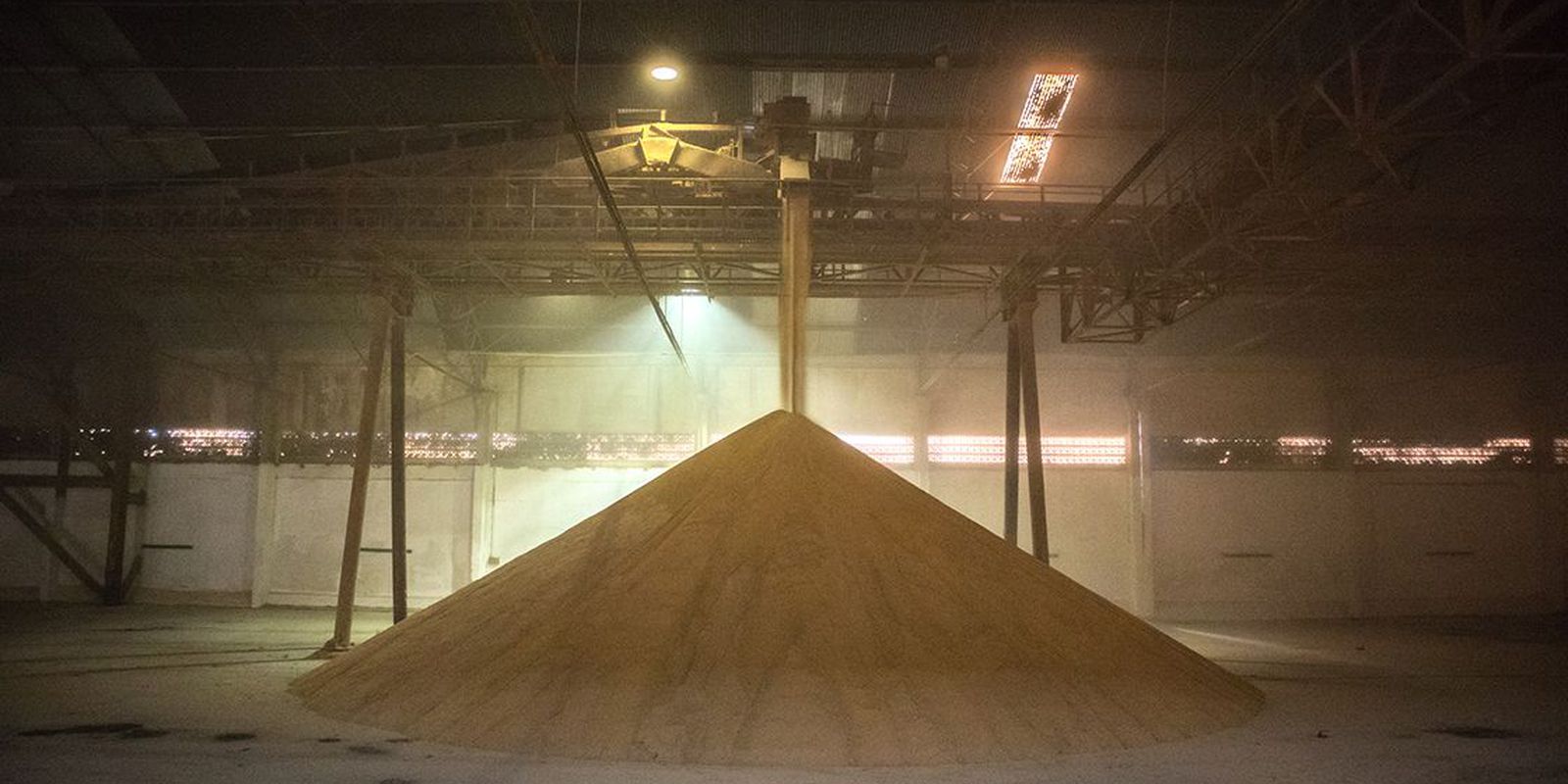Available storage capacity in Brazil reached 183.3 million tons in the second half of 2021. The volume is 1.5% higher than that recorded in the previous half. In the same comparison, the number of establishments grew 1.2%. Most of them are in Rio Grande do Sul (2,159), followed by Mato Grosso (1,397) and Paraná (1,340).
With 45.5 million tons, Mato Grosso has the largest storage capacity in the country. Of this total, 59.1% are bulk carriers and 34.2% are silos.
The numbers are part of the Inventory Survey, for the months from July to December 2021, released today (8) by the Brazilian Institute of Geography and Statistics (IBGE). The survey showed that the stock of agricultural products totaled 36.7 million tons. This is up 31.1% from 28 million tonnes as of December 31, 2020.
Regions
Also in the second half of 2021, the North (3.8%), Central-West (1.8%) and South (1.3%) regions increased in the number of establishments. In the opposite direction, the Southeast and Northeast dropped 0.1% and 0.4%, respectively.
Products
Among the five main agricultural products in the storage units, the largest volume (16.9 million tons) is corn stocks. Following are soybeans (7.7 million), wheat (6.4 million), rice (2.4 million) and coffee (1.1 million).
In the second half of 2021, soybean inventories grew 81.4%, wheat 40.5%, rice 45.4% and corn 20.3%. However, the coffee stock fell by 16.0% compared to December 31, 2020. According to the IBGE, these products represent 94.0% of the total stocked among the products monitored by the survey. The remaining 6.0% is composed of cotton, black beans, colored beans and other grains and seeds.
Capacity
Silos predominate in the country’s storable useful capacity. In the second half of 2021, 92.5 million tons were registered, which means 50.4% of the total usable capacity. In comparison with the previous semester, the capacity of the silos rose 2.3%.
Bulk and bulk warehouses added up to 68.6 million tons of usable storable capacity. The data represents an increase of 1.3% compared to the previous semester. “This type of warehouse is responsible for 37.4% of the national storage”, informed the IBGE.
In conventional, structural and inflatable warehouses, the volume reached 22.3 million tons, which means a drop of 1.1% compared to the first half of 2021. “These warehouses contribute 12.2% of the total storage capacity .”
By region, silos predominate in the South Region, accounting for 63.1% of the region’s storage capacity and 49.8% of the country’s total silo capacity. Bulk and bulk types appear with greater intensity in the Midwest, with 53.6% of the region’s capacity and 56.4% of the country’s total capacity.
Conventional, structural and inflatable warehouses are mostly located in the South Region (34.7%) followed by the Southeast Region (31.6%). “These two regions together correspond to 66.3% of the total capacity of conventional, structural and inflatable warehouses in the country”, revealed the IBGE.
Search
According to the institute, the objective of the research is “to provide statistical information on the volume and spatial distribution of stocks of basic storable agricultural products, on the units where they are stored and follow their evolution over time”.
The research involves the entire national territory and its results allow us to know the dimension of the national agricultural storage capacity and its distribution throughout the territory. According to the IBGE, this is essential logistical information for public and private managers, relating to food security issues.
















